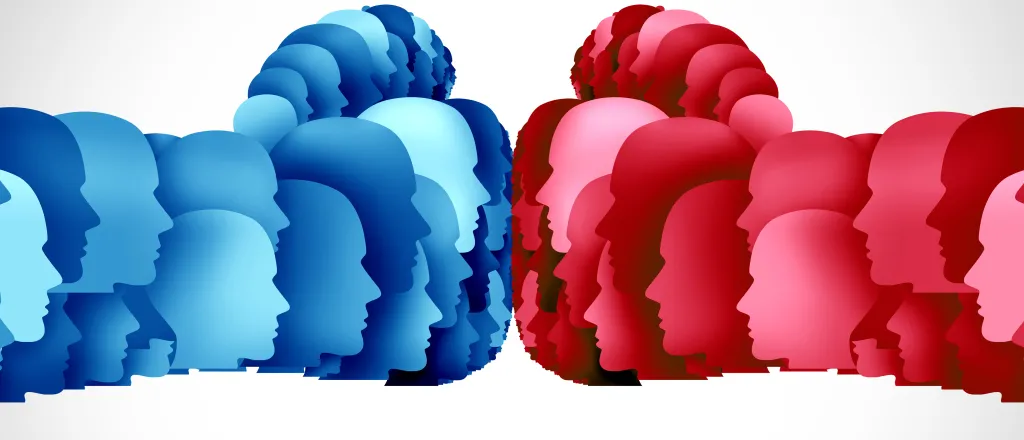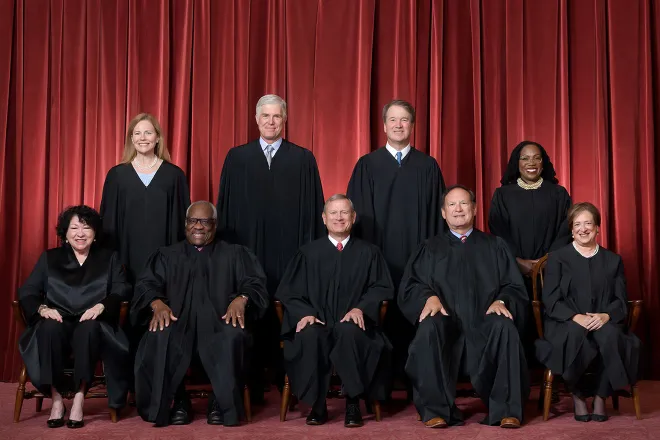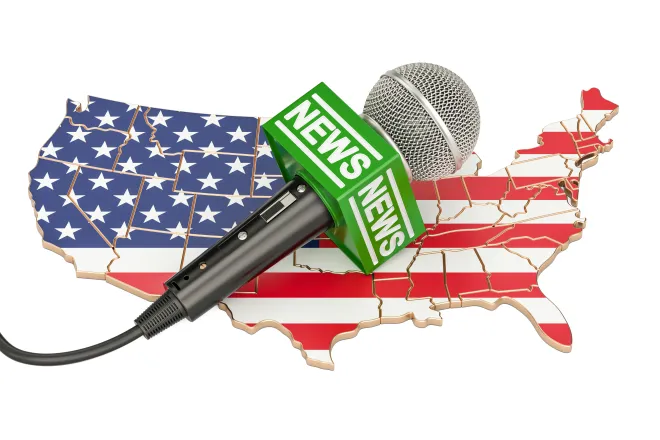
Polarization explodes over death of conservative activist Kirk
© wildpixel - iStock-1393613016
Click play to listen to this article.
Inflammatory rhetoric continues to escalate following this week's shocking death of a conservative Republican activist, and a sociologist says media consumption plays a big role.
Research by Marcus Mann, an assistant professor of sociology at Purdue University, shows Republicans and Democrats have gotten further and further apart in their world view, which has led media consumers to seek out those who agree with them. Mann noted that much of what was traditional, neutral news reporting has been replaced by opinion – or in some cases, "outrage-based" programming.

Charlie Kirk - © Matt Johnson CC BY 2.0
"That kind of 'us-vs.-them' mentality is incredibly compelling and it's very powerful for fostering strong 'in groups' and making you feel part of a strong community," he said. "And we see media outlets gaining audience share through this kind of thing."
Right-wing political activist and media personality Charlie Kirk was killed with a shot from a high-powered rifle by a still unidentified person on a Utah college campus Wednesday.
In terms of party affiliation, Mann said Republicans are more homogenous than Democrats – sharing similar religious beliefs, race, ethnicity and ideology. Democrats, on the other hand, are a more diverse coalition with shared policy goals.
His study shows mainstream media outlets aim to report facts and cover a wide range of issues, while right-wing sites focus on a narrow set of topics and work to reinforce beliefs among a specific demographic.
Mann said if you want your viewpoints reinforced, you know which channels to watch.
"Right-wing media has become much more successful than left-wing media," he said. "It commands a way larger audience and it has features that invoke features of religion, compared to left-wing media."
Mann said polarization has always existed in journalism, but the advent of cable television and its 24-7 news cycle increased opinion-based programming – in part because it's cheaper to produce than traditional news reporting.
As social isolation increases and society becomes more secular, Mann said, he doesn't see the intense level of polarization changing soon.
















